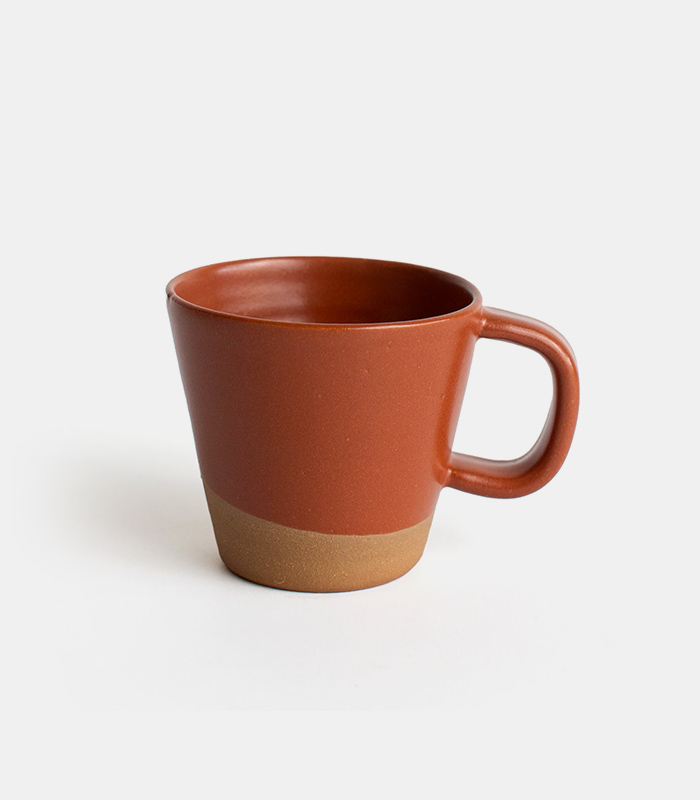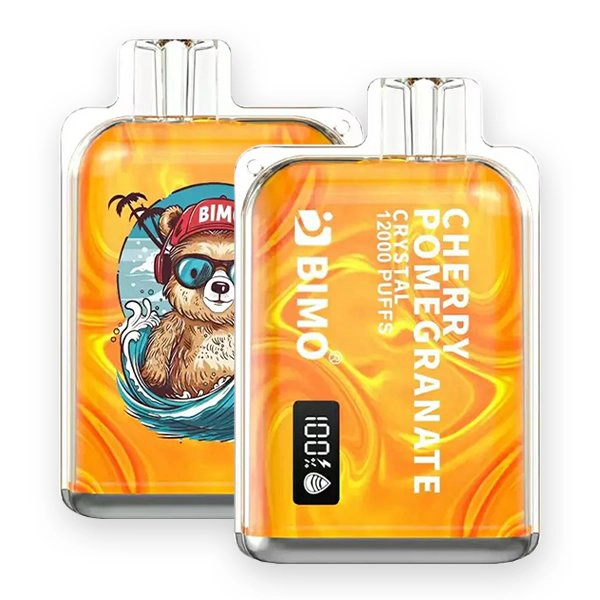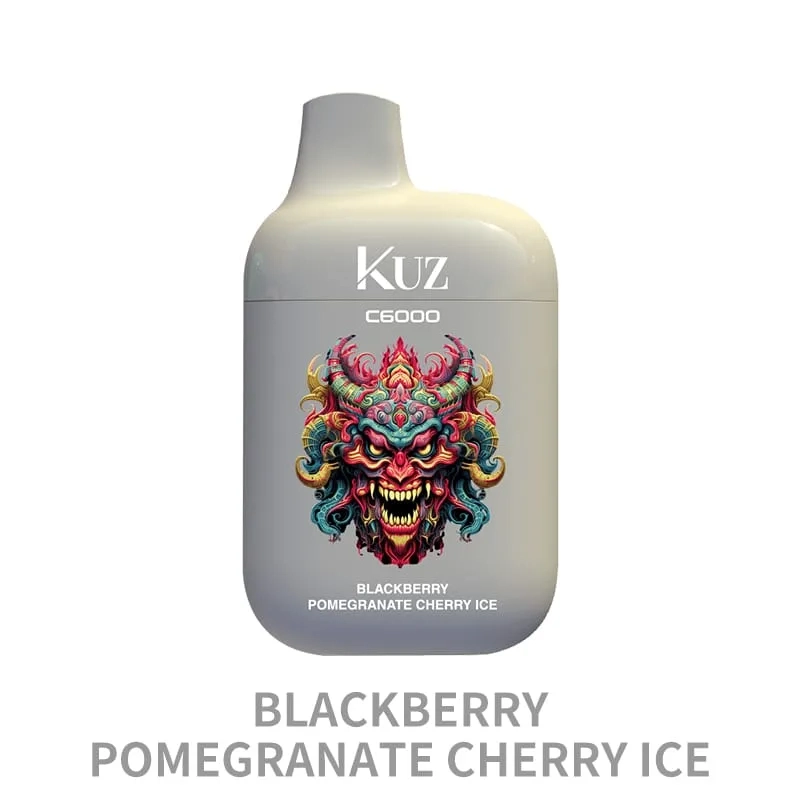Can You Bring a Vape on a Plane in Australia? 2025 Rules Explained

Article Overview
- All vaping devices must be carried in hand luggage – never in checked baggage
- E-liquids are limited to 100ml containers in carry-on bags under liquid restrictions
- Nicotine vapes require prescription documentation for domestic flights
- International arrivals must declare all vaping products to Australian Border Force
- Fines up to $3,000 AUD apply for non-compliant battery storage
Introduction & Definition
Australian Border Force and the Civil Aviation Safety Authority (CASA) regulate the transport of vaping devices and e-liquids. Vapes containing lithium-ion batteries must be carried in hand luggage only, as they pose a fire risk in checked baggage. E-liquids are subject to the same liquid restrictions as other carry-on items—containers must not exceed 100ml and must fit in a clear, resealable plastic bag.
Market Comparison & Analysis
over 1.2 million Australians use vaping products, with major cities like Sydney, Melbourne, and Brisbane leading in sales.
- Sydney: Average vape device costs $45-$80 AUD, with e-liquids priced at $20-$40 AUD per 30ml.
- Melbourne: Slightly cheaper, with devices ranging $40-$75 AUD and e-liquids at $18-$35 AUD.
- Perth & Gold Coast: Premium stores like $50 AUD.
$60-$120 AUD for prescription kits. Online platforms remain popular, with discreet shipping options for those with valid prescriptions.
User Experience & Case Studies
James, 28
Sarah, 34
- Airport Security: Sydney and Melbourne airports are strict about liquid limits and battery safety.
- Documentation: Travellers with nicotine vapes must carry prescriptions to avoid penalties.
- Regional Differences: Smaller airports like Cairns may have less stringent checks, but compliance is still essential.
Purchase Guide & Recommendations
- Check Airline Policies: Qantas, Virgin Australia, and Jetstar all prohibit vaping onboard but allow devices in carry-ons.
- Pack Smart: Store batteries safely (use a case) and keep e-liquids in a clear bag. For quality devices, consider
- Prescription Preparation: If using nicotine vapes, carry a printed or digital prescription at all times.
❓ Frequently Asked Questions
1. Can I use my vape on an Australian domestic flight?
No. All Australian airlines strictly prohibit vaping onboard aircraft, including during flights and while on the tarmac. This applies to both nicotine and non-nicotine vaping devices.
2. What’s the penalty for vaping on an Australian flight?
Fines up to $5,500 AUD may apply for vaping onboard, with potential criminal charges for repeat offenders. Airlines may also ban passengers from future flights.
3. How many vape pods can I bring into Australia?
You may bring up to 3 months’ supply of nicotine vape products (maximum 15 vape pods) with a valid Australian prescription. Non-nicotine vapes have no quantity limits but must be declared.
4. Are disposable vapes allowed on Australian flights?
Disposable vapes containing lithium batteries are permitted in carry-on luggage only, but banned from checked baggage due to fire risk. Note that many disposable vapes are illegal in Australia without prescription.
5. Where can I vape at Australian airports?
Most major airports (Sydney, Melbourne, Brisbane) have designated smoking areas 4+ meters from entrances. Vaping is treated the same as smoking under Australian law.
6. How should I pack my vape for an Australian flight?
Remove batteries from devices, empty tanks to prevent leakage, and pack in a clear plastic bag. Lithium batteries must be in carry-on (max 20Wh per battery).
How To Travel With Vapes in Australia
- Check your prescription – Ensure you have a valid Australian nicotine prescription if carrying nicotine vapes
- Prepare your device – Empty tanks, remove batteries, and clean all components
- Pack correctly – Place device and accessories in clear plastic bag in carry-on
- Separate batteries – Store spare batteries in original packaging or battery cases
- Declare at customs – Notify border control if arriving internationally with vaping products
- Use airport smoking areas – Only vape in designated zones outside terminal buildings
About the Author
Dr. Emily Chen, is a Sydney-based aviation safety consultant and nicotine cessation specialist with 12 years’ experience in Australian tobacco control policy. She serves on the Civil Aviation Safety Authority’s Dangerous Goods Panel and has contributed to vaping regulations through the TGA. Her research focuses on harm reduction strategies for Australian travelers.








